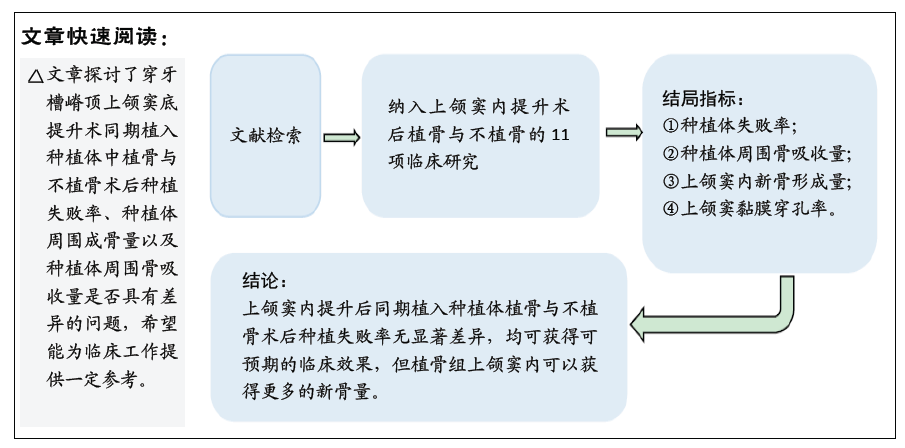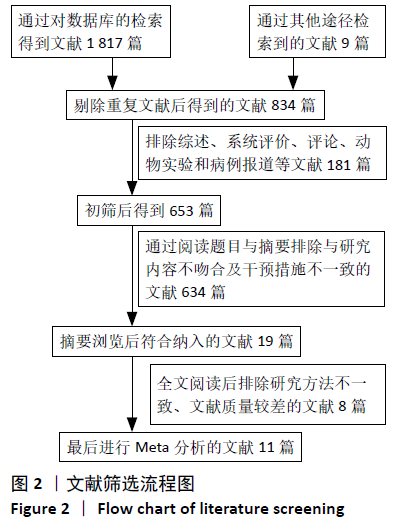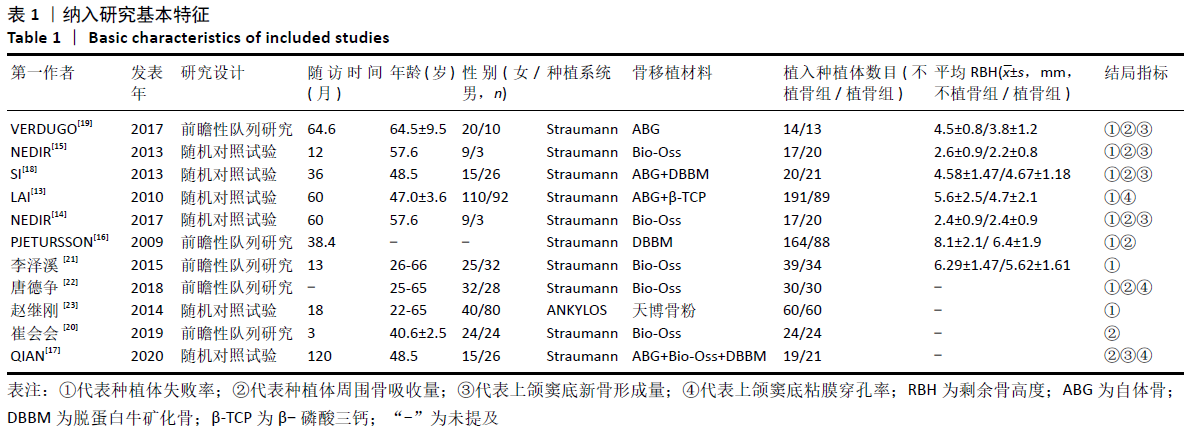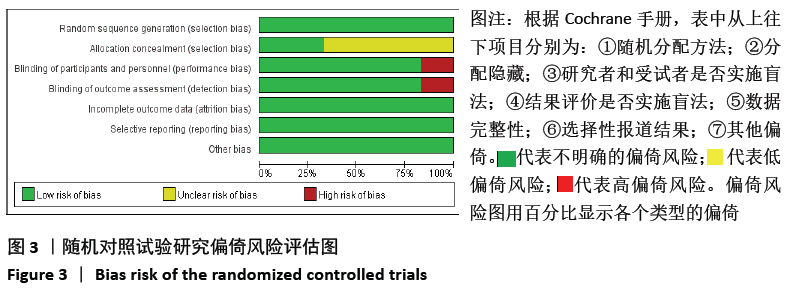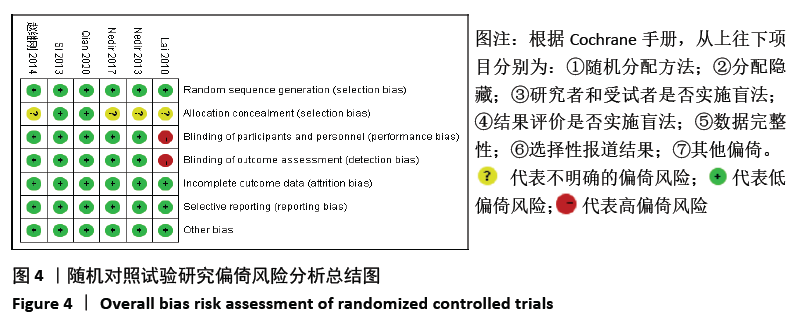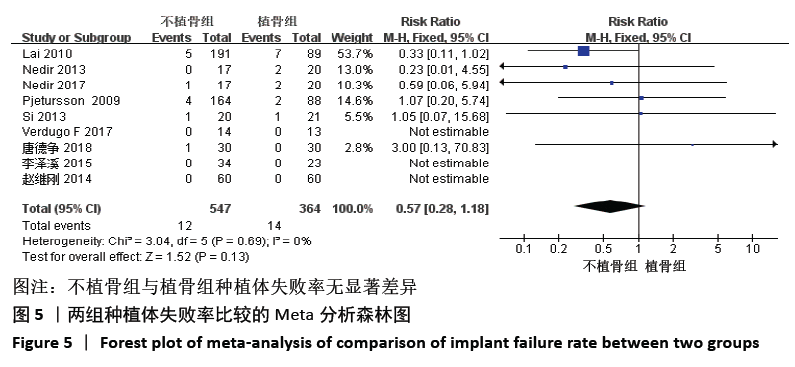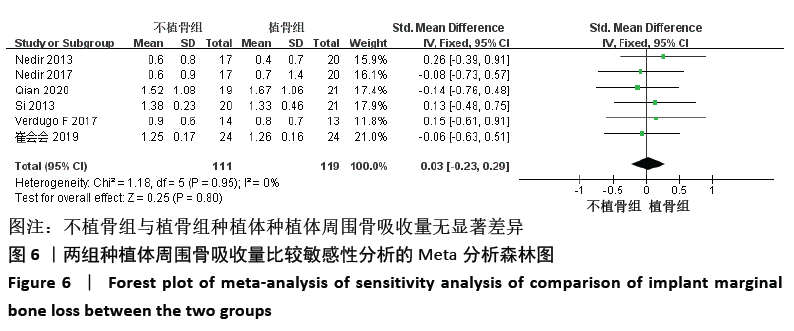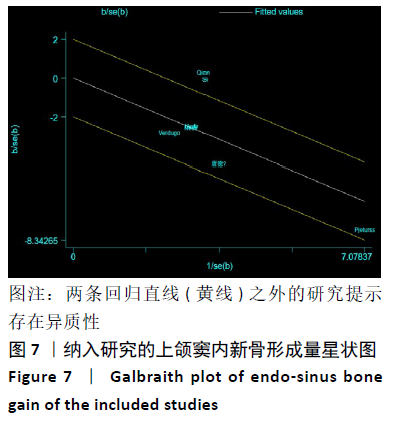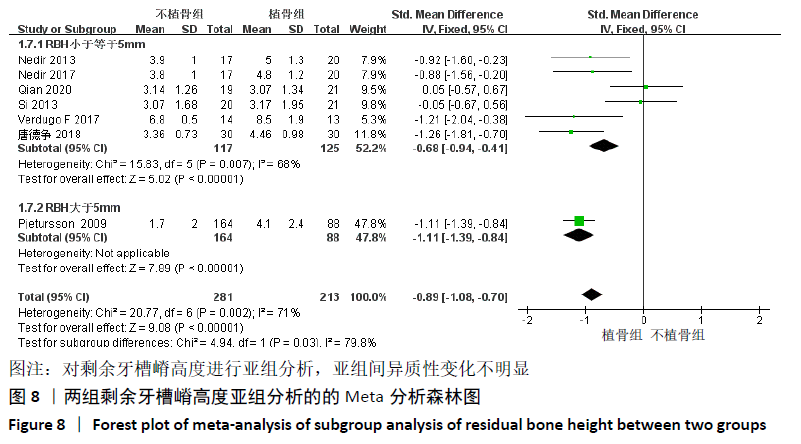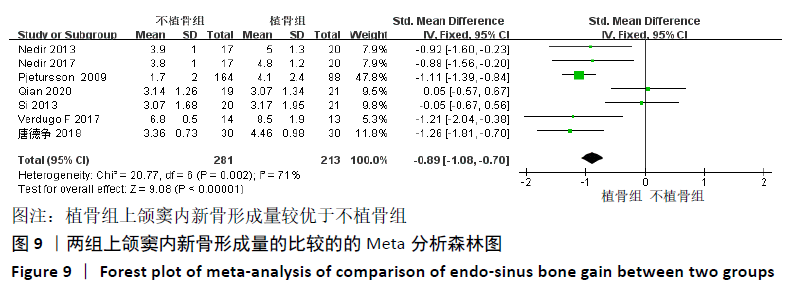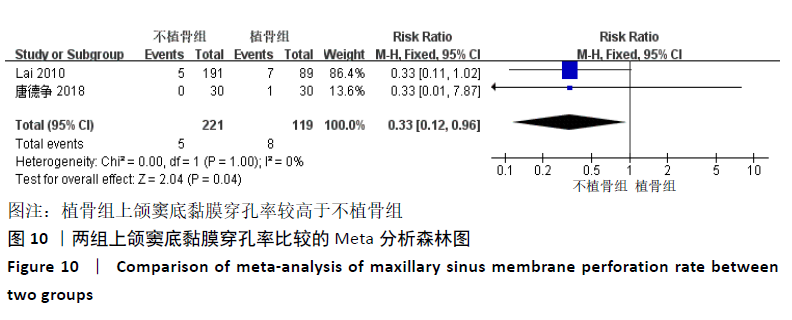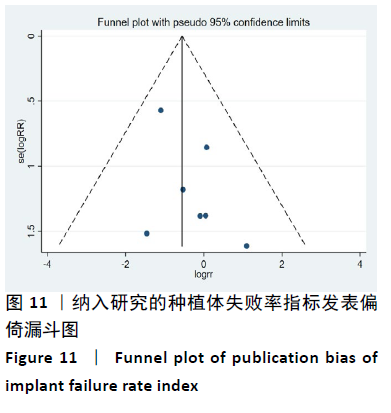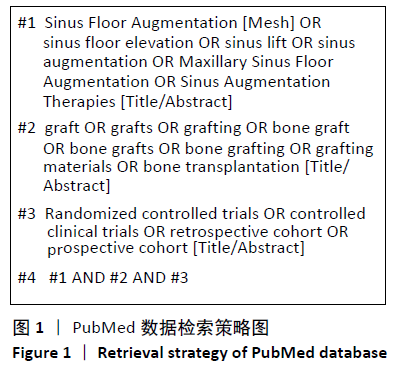[1] PJETURSSON BE, TAN WC, ZWAHLEN M, et al. A systematic review of the success of sinus floor elevation and survival of implants inserted in combination with sinus floor elevation. J Clin Periodontol. 2008;35(s8): 216-240.
[2] PJETURSSON BE, LANG NP. Sinus floor elevation utilizing the transalveolar approach. Periodontol 2000. 2014;66(1):59-71.
[3] SUMMERS RB. A new concept in maxillary implant surgery: the osteotome technique. Compendium. 1994;15(2):152,154-156.
[4] FARRE-GUASCH E, PRINS HJ, OVERMAN JR, et al. Human maxillary sinus floor elevation as a model for bone regeneration enabling the application of one-step surgical procedures. Tissue Eng Part B Rev. 2013;19(1):69-82.
[5] PIKOS MICHAEL A. Maxillary sinus membrane repair: update on technique for large and complete perforations. Implant Dent. 2008; 17(1):24-31.
[6] TIMMENGA NM, RAGHOEBAR GM, WEISSENBRUCH RV, et al. Maxillary sinusitis after augmentation of the maxillary sinus floor: a report of 2 cases. J Oral Maxillofac. Surg. 2001;59(2):200-204.
[7] SI MS, ZHUANG LF, Gu YX, et al. Osteotome sinus floor elevation with or without grafting: a 3-year randomized controlled clinical trial. J Clin Periodontol. 2013;40(4):396-403.
[8] FRENCH D, NADJI N, SHARIATI B, et al. Survival and success rates of dental implants placed using osteotome sinus floor elevation without added bone grafting: a retrospective study with a follow-up of up to 10 years. Int J Periodontics Restorative Dent. 2016;36 Suppl:s89-s97.
[9] BRIZUELA A, MARITIN N, FERNANDEZ F, et al. Osteotome sinus floor elevation without grafting material: results of a 2-year prospective study. J Clin Exp Dent. 2014;6(5):e479-e484.
[10] GU YX, SHI JY, ZHUANG LF, et al. Transalveolar sinus floor elevation using osteotomes without grafting in severely atrophic maxilla: a 5-year prospective study. Clin Oral Implants Res. 2016;27(1):120-125.
[11] HE L, CHANG X, LIU Y. Sinus floor elevation using osteotome technique without grafting materials: a 2-year retrospective study. Clin Oral Implants Res. 2013;24(A100):63-67.
[12] STANG A. Critical evaluation of the Newcastle-Ottawa scale for the assessment of the quality of nonrandomized studies in meta-analyses. Eur J Epidemiol. 2010;25(9): 603-605.
[13] LAI HC, ZHUANG LF, LV XF, et al. Osteotome sinus floor elevation with or without grafting a preliminary clinical trial. Clin Oral Implants Res. 2010;21(5):520-526.
[14] NEDIR R, NURDIN N, ABI NAJM S, et al. Short implants placed with or without grafting into atrophic sinuses: the 5-year results of a prospective randomized controlled study. Clin Oral Implants Res. 2017;28(7):877-886.
[15] NEDIR R, NURDIN N, KHOURY P, et al. Osteotome sinus floor elevation with and without grafting material in the severely atrophic maxilla. A 1-year prospective randomized controlled study. Clin Oral Implants Res. 2013;24(11):1257-1264.
[16] PJETURSSON BE, IGNJATOVIC D, MATULIENE G, et al. Transalveolar maxillary sinus floor elevation using osteotomes with or without grafting material. Part II: Radiographic tissue remodeling. Clin Oral Implants Res. 2009;20(7):677-683.
[17] QIAN SJ, Mo JJ, SI M, et al. Long-term outcomes of osteotome sinus floor elevation with or without bone grafting: the 10-year results of a randomized controlled trial. J Clin Periodontol. 2020;47(8):1016-1025.
[18] SI MS, ZHUANG LF, GU YX, et al. Osteotome sinus floor elevation with or without grafting: a 3-year randomized controlled clinical trial. J Clin Periodontol. 2013;40(4):396-403.
[19] VERDUGO F, URIBARRI A, LAKSMANA T, et al. Long-term stable vertical bone regeneration after sinus floor elevation and simultaneous implant placement with and without grafting. Clin Implant Dent Relat Res. 2017;19(6):1054-1060.
[20] 崔会会,吴豪阳.上颌窦内提升术同期植骨与未植骨种植术后效果比较[J].河南医学研究,2019,28(11):36-38.
[21] 李泽溪,王佐林.经牙槽嵴顶上颌窦底提升术中骨替代材料应用的临床疗效观察[J].口腔颌面外科杂志,2015,113(6):43-49.
[22] 唐德争,马攀,刘长营,等.低矮上颌窦底内提升同期种植术植骨与不植骨的临床观察[J].首都医科大学学报,2018, 39(1):98-102.
[23] 赵继刚,潘文仪,丁伟峰.上颌窦内提升术植骨与不植骨对种植体骨结合的影响[J].中华口腔医学研究杂志(电子版), 2014,8(6):480-484.
[24] LUNDGREN S, ANDERSSON S, SENNERBY L. Spontaneous Bone Formation in the Maxillary Sinus after Removal of a Cyst: coincidence or consequence. Clin Implant Dent Relat Res. 2003;5(2):78-81.
[25] MORASCHINI V, UZEDA MG, SARTORETTO SC, et al. Maxillary sinus floor elevation with simultaneous implant placement without grafting materials: a systematic review and meta-analysis. Int J Oral Maxillofac Surg. 2017;46(5):636-647.
[26] ANDREAS T, LARS R, ANN W, et al. The role of whole blood in thrombin generation in contact with various titanium surfaces. Biomaterials. 2007;28(6):966-974.
[27] 李芳,程余婷,黄晓林,等.上颌窦底骨增量是否需要使用骨移植材料[J].中国组织工程研究,2019,23(6):971-977.
[28] FORNELL J, JOHANSSON LÅ, BOLIN A, et al. Flapless, CBCT-guided osteotome sinus floor elevation with simultaneous implant installation. I: radiographic examination and surgical technique. A prospective 1-year follow-up. Clin Oral Implants Res. 2015;23(1):28-34.
[29] SROUJI S, KIZHNER T, DAVID D, BEN, et al. The Schneiderian membrane contains osteoprogenitor cells: in vivo and in vitro study. Calcif Tissue Int. 2009;84(2):138-145.
[30] BASSI AP, PIOTO R, FAVERANI LP, et al. Maxillary sinus lift without grafting, and simultaneous implant placement: a prospective clinical study with a 51-month follow-up. Int J Oral Maxillofac Surg. 2015; 44(7):902-907.
[31] CABAN J, FERMERGARD R, ABTAHI J. Long-term evaluation of osteotome sinus floor elevation and simultaneous placement of implants without bone grafts: 10-Year radiographic and clinical follow-up. Clin Implant Dent Relat Res. 2017;19(6):1023-1033.
[32] GABBERT O, KOOB A, SCHMITTER M, et al. Implants placed in combination with an internal sinus lift without graft material: an analysis of short-term failure. J Clin Periodontol. 2009;36(2):177-183.
[33] KIM SM, PARK JW, SUH JY, et al. Bone-added osteotome technique versus lateral approach for sinus floor elevation: a comparative radiographic study. Implant Dent. 2011;20(6):465-470.
[34] LIN GH, LIM G, CHAN HL, et al. Recombinant human bone morphogenetic protein 2 outcomes for maxillary sinus floor augmentation: a systematic review and meta-analysis. Clin Oral Implants Res. 2016;27(11):1349-1359.
[35] TAN WC, LANG NP, ZWAHLEN M, et al. A systematic review of the success of sinus floor elevation and survival of implants inserted in combination with sinus floor elevation Part II: transalveolar technique. J Clin Periodontol. 2008;35(s8):241-254.
[36] NOLAN PJ, FREEMAN K, KRAUT RA. Correlation between schneiderian membrane perforation and sinus lift graft outcome: a retrospective evaluation of 359 augmented sinus. Int J Oral Maxillofac Surg. 2013;72(1):47-52.
[37] POMMER B, UNGER E, SUTO D, et al. Mechanical properties of the Schneiderian membrane in vitro. Clin Oral Implants Res. 2009;20(6):633-637. |
